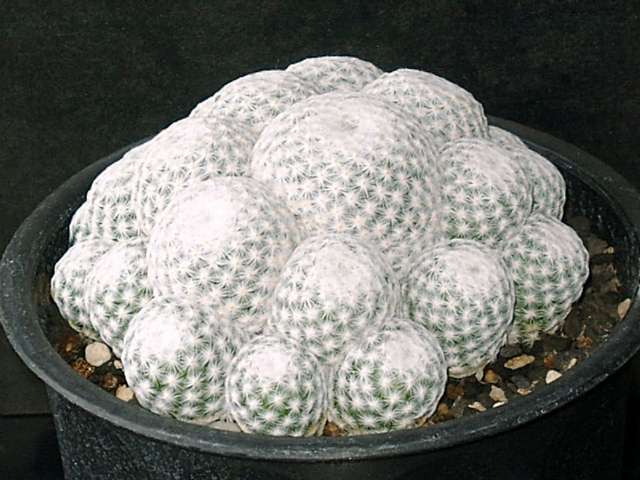Ants, a small animal, prove to be beneficial to the gardener by feeding on destructive garden pests such as caterpillars, spiders and small insects. But, some species of ants like black garden ants live together with the aphids (for their honeydew). In such a case, ants are inviting a notorious pest in the garden. Here are several natural ways to get rid of the insects in your garden.
1. Try a vinegar spray.
Mix three parts vinegar with one part warm water, and spray around the perimeter of the garden. If you know where the ant hill is, you can spray the mound directly.
2. Sprinkle freshly ground black pepper in your garden around your plants.
Ants won't cross it, and it doesn’t cause any harm to you plants.
3. Ants hate any type of strong odor.
The pungent aromatic scent of mint leaves acts a natural pesticide for the ants. So, do not delay in planting mint in your garden so as to get rid of the troublesome ants. The permanent solution for garden ants is to grow and maintain mint plants throughout the year.
4. Shake out a line of baby powder around the garden.
For some reason, ants don't seem to like the smell, and won't go near any part of the garden that has a baby powder smell.
5. Find the ant hill, and pour corn meal on top of it.
Ants will eat the corn meal, but they can't digest it, so they will die. If you hate the idea of killing ants, put a jar of honey in a tree near your garden. The ants will relocate so they can be near the honey, and it will keep them.
Collect citrus peelings (orange, lemon, etc.) and ground them by using adequate amount of water. Remove the liquid concoction and spray it over the ant mound. This method is an effective natural remedy for getting rid of carpenter ants and other garden ants.
I don’t recommend the ways with boil water and boric acid because the boil water is too cruel to ants. Imagine how you would feel if your body was burn by hot water. Meanwhile, boric acid is chemical, I also am unsure about its side affect to the soil, plant even or my health.














